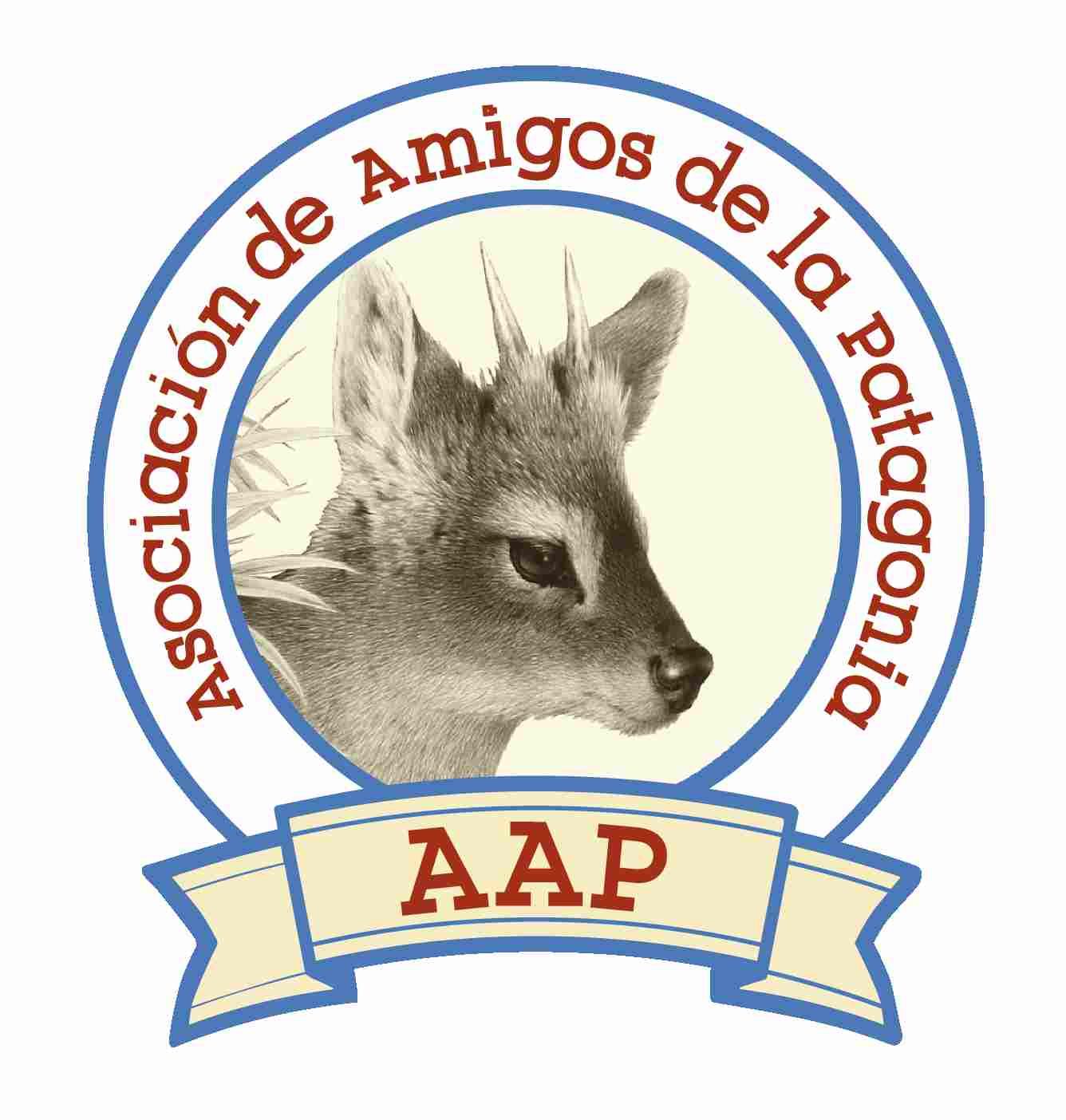
Small, agile, and incredibly elusive, the Geoffroy’s Cat (Leopardus geoffroyi) is one of South America’s lesser-known wild cats. Found across a broad range of habitats in Argentina, Chile, Uruguay, Paraguay, and Bolivia, this solitary feline has adapted to environments ranging from dense forests to arid shrublands. Despite its adaptability, it is rarely seen in the wild, making every encounter an exceptional one. Picture by Matthew Wells.
Where to See It
Geoffroy’s Cat is distributed across:
- The Chaco region in northern Argentina
- Patagonian steppe, forests, mountains and shrublands (Argentina and Chile)
- Andean foothills and grasslands
- Occasionally, coastal forests in southern Chile and Argentina
Some of the best regions for potential sightings include:
- El Impenetrable National Park
- Iberá Wetlands
- Patagonia National Park (Argentina)
- Aysen
- La Payunia Reserve, in Mendoza
However, even in these areas, sightings are rare and often nocturnal.
Physical Characteristics
Despite its small size, the Geoffroy’s Cat has a striking appearance:
- Size: 45–75 cm long (excluding the tail)
- Tail: ~30 cm, bushy with black rings
- Weight: 3–5 kg (6.5–11 lbs)
- Fur: Pale gray to tawny with dark spots and stripes, giving it a miniature leopard-like appearance
- Eyes: Bright yellow or green
Its fur pattern offers excellent camouflage, especially in areas with tall grasses and scattered vegetation.
Behavior and Diet
This feline is solitary and territorial, with nocturnal habits:
- Diet: Opportunistic carnivore—feeds on rodents, birds, insects, reptiles, and occasionally fish or amphibians
- Hunting: Uses stealth and ambush techniques
- Territory: Males and females maintain overlapping territories but avoid one another outside the mating season
They are excellent climbers and swimmers, which helps in a variety of landscapes.
Reproduction and Lifecycle
- Breeding season: Spring to early summer (September–December)
- Gestation: About 70–80 days
- Litter size: Usually 1–3 kittens
- Lifespan: Up to 14 years in the wild
Kittens stay with their mother for a few months before becoming independent.
Conservation Status
The Geoffroy’s Cat is currently classified as Least Concern by the IUCN, but populations are decreasing in certain areas due to:
- Habitat fragmentation and degradation
- Road mortality
- Hunting and trapping, especially for the pet and fur trades
- Conflict with farmers over poultry predation
Despite its broad range, its elusive nature makes it hard to monitor population trends accurately.
Custom tours in Argentina and Chile
The Geoffroy’s Cat may be one of Argentina’s most mysterious mammals, a ghost of the grasslands that reminds us how much wildness still remains—hidden just beneath the surface. For those passionate about wildlife and conservation, this small cat represents a bridge between the visible and the secretive natural world of South America.
We’re a local tour operator based in Buenos Aires, which offers custom tours in Patagonia and other regions of Argentina and Chile. We invite you to contact us, and start planning your next incredible journey to South America!
Get inspired by some of our travel ideas, listed below:
Puma Tracking Tour and Orca Watching
Mision Province & Ibera Wetlands
Orca Whale Watching in Patagonia Argentina
Iguazu Falls, Peninsula Valdes and the Wetlands
Where to see Penguins in Patagonia
Peninsula Valdes: Wildlife Tour
0












